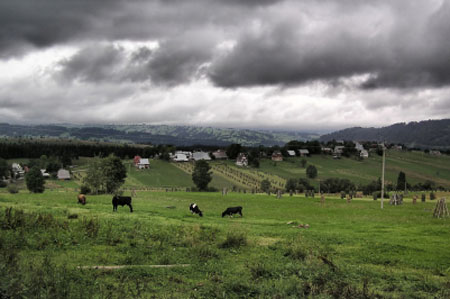
(Saskatchewan) – Relatively warm and dry weather allowed for some producers to return to the field last week, according to Saskatchewan Agriculture’s weekly Crop Report. Sixty-nine per cent of the crop is now in the bin, up from 55 per cent last week but remaining well behind the five-year (2014-2018) average of 88 per cent for this time of year. While many areas received mixed precipitation, others received very little and were able to spend more time in the field. The warm and dry weather forecast for next week will allow producers throughout the province to resume combining.
Good harvest progress was made in many regions last week; the northeastern region is the most advanced with 85 per cent of the crop now combined. The west-central region has 77 per cent combined, the southwest region 76 per cent, the northwest region 65 per cent, the southeast region 62 per cent and the east-central region 51 per cent.
Eighty-three per cent of the barley, 79 per cent of the mustard, 69 per cent of the canary seed, 68 per cent of the durum, 66 per cent of the spring wheat, 58 per cent of the canola and 43 per cent of the chickpeas are now in the bin. An additional 35 per cent of the canola is swathed or ready to straight-cut.
Many areas of the province received moisture last week, with the Moosomin area reporting 40 mm of mixed precipitation. Provincially, topsoil moisture conditions on cropland are rated as 19 per cent surplus, 77 per cent adequate and four per cent short. Hay land and pasture topsoil moisture is rated as 10 per cent surplus, 83 per cent adequate and seven per cent short. Some fields remain saturated with excess water, particularly in southern regions.
Most crop damage this past week was due to lodging, strong winds, localized flooding and frost. Geese and wildlife continue to cause damage by feeding on swathed crops. Reports continue of significant downgrading at the elevator due to crops sprouting. The majority of the crop coming off is tough or damp and is being placed into aeration bins and grain dryers.
At this time, most livestock producers indicate they have adequate supplies of hay, straw, greenfeed and feed grain heading into winter.
Farmers are busy drying grain, hauling bales and combining when they are able to.

